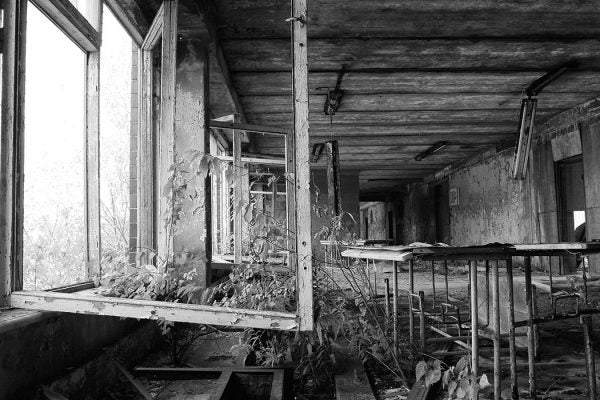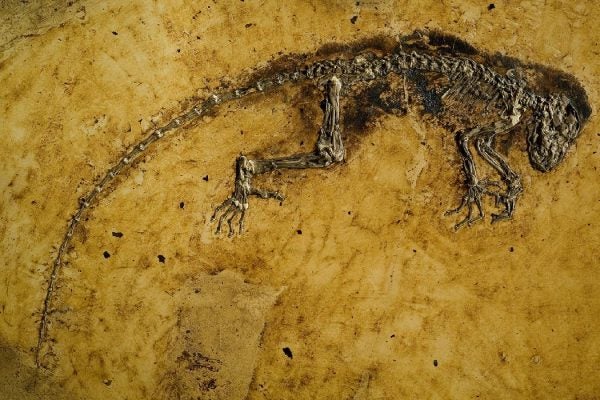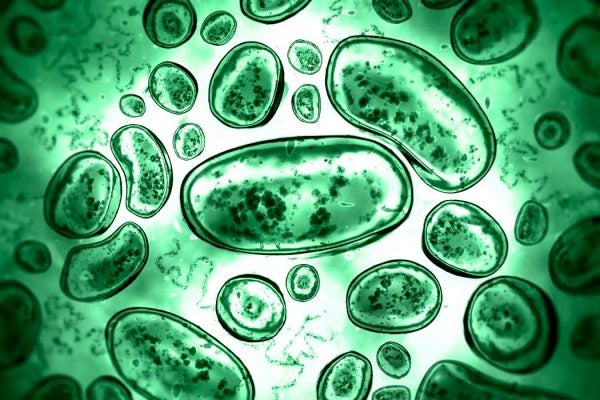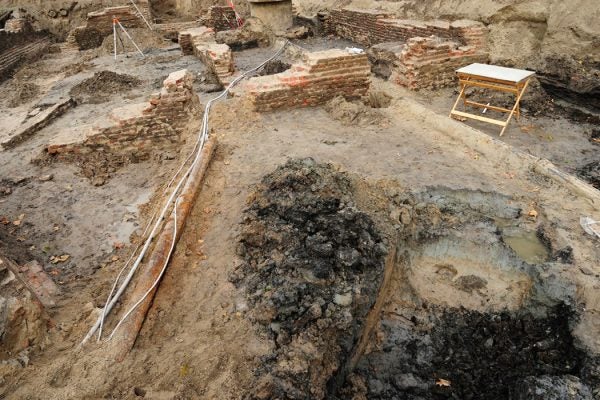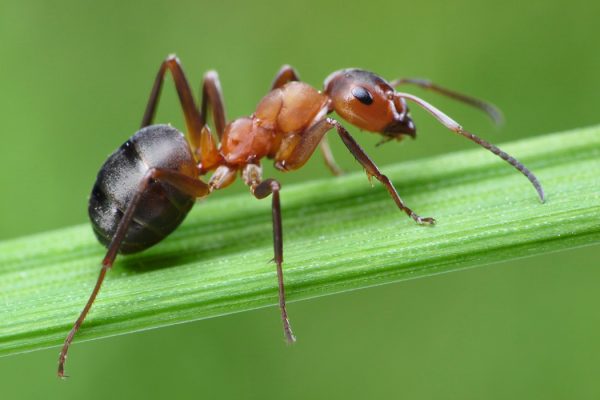Chernobyl: Can Wildlife Return After the Blast?
For 30 years we have assumed that no life would return to Chernobyl after the nuclear disaster there. We may be wrong.
Will Spicy Foods Preserve You?
Spicy foods may prolong life; they certainly act as food preservatives.
NASA Sets Its Sites on Europa
NASA has decided on the nature and scope of a mission to Jupiter’s moon Europa, scheduled in the 2020s.
Watching the Twin Suns Rise on a Real-Life Tatooine
Twin suns, like the ones seen in Star Wars, may be more common than originally thought.
Is Darwinius really “The Missing Link” to Humans?
Darwinius is an exceptionally well preserved, 47-million-year-old primate from the ancient Messel Pit in Germany. Its position in evolution is contested.
She Has Your Eyes. And Your Gut Bacteria’s Genome!
Upending our entire understanding of inheritance, an infant can apparently inherit genes directly from her mother’s bacteria.
Radiocarbon Dating at 75
Carbon-14, or radiocarbon, was discovered 75 years ago by Martin Kamen and Sam Rubin at the UC-Berkely Radiation Lab
Debunking the “Ant vs. Grasshopper” Myth
"Social parasitism" in ants occurs when one species exploits another's social behavior in order to take advantage of its work and resources.
